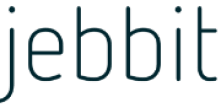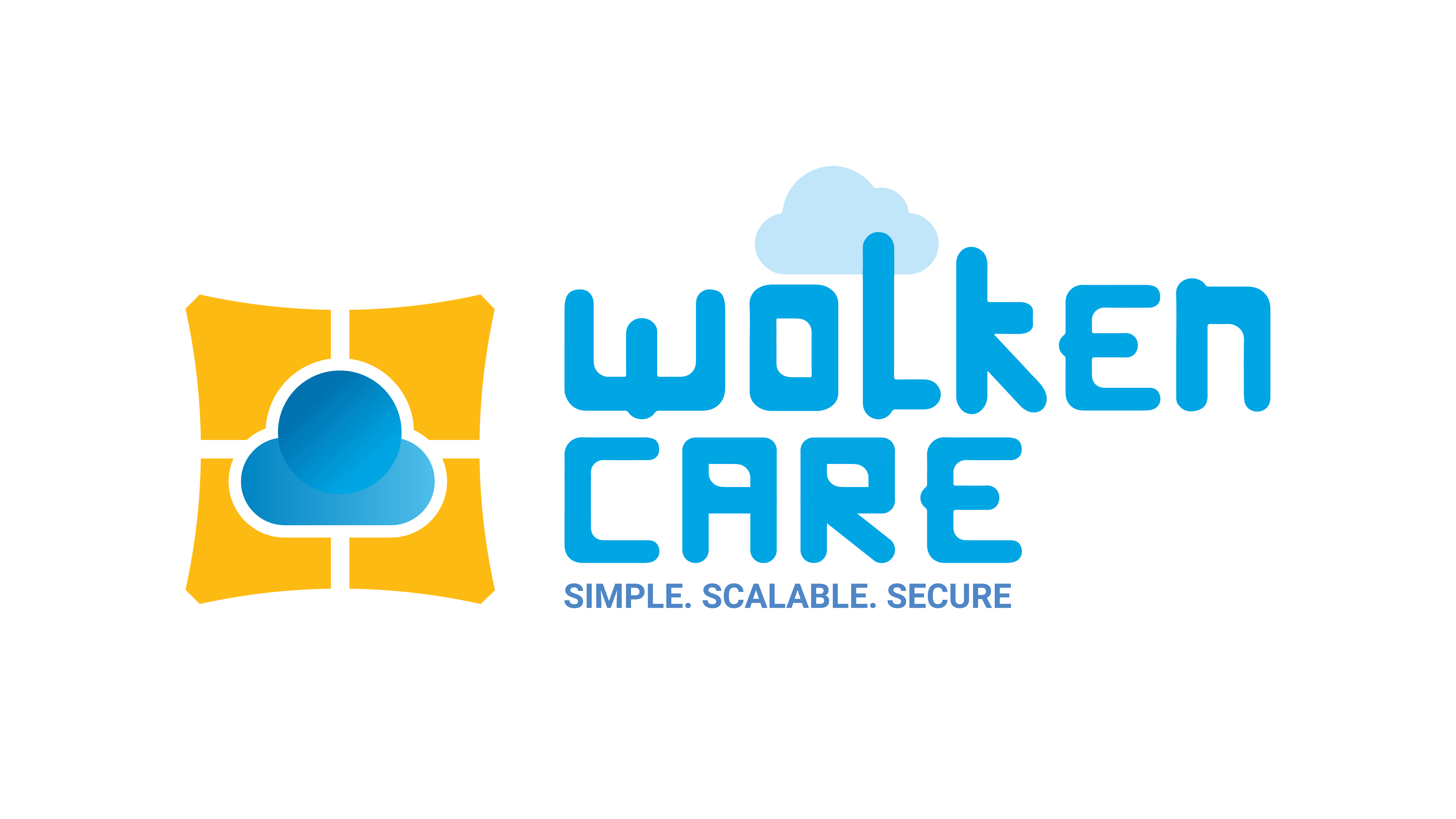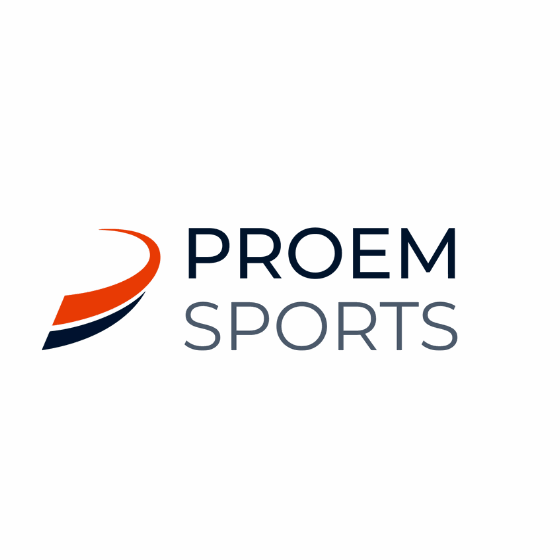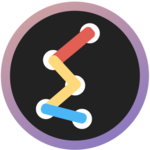Description

Inline Manual

Jebbit
Comprehensive Overview: Inline Manual vs Jebbit
Inline Manual
a) Primary Functions and Target Markets
Inline Manual is a digital adoption platform focused on enhancing user onboarding and engagement by guiding users through complex software or platforms. It primarily offers tools for creating interactive tutorials, step-by-step guides, tooltips, and feature announcements. It is designed to help SaaS companies, enterprise software vendors, and internal business systems improve user experience and reduce churn by facilitating better understanding and usage of their products. Target markets include product managers, customer success teams, and educators looking to enhance the learning process within digital products.
b) Market Share and User Base
Inline Manual targets a specific niche within the digital adoption tools market. It competes with other platforms like WalkMe and Whatfix, but it occupies a moderately smaller market share when compared to larger players due to its specific focus on interactive guides and ease of use. The user base consists primarily of mid-sized businesses and enterprises looking for straightforward yet effective onboarding solutions.
c) Key Differentiating Factors
Inline Manual differentiates itself through its simplicity in creating interactive guides without requiring extensive technical know-how. The platform offers robust customization options, allowing users to tailor their guidance to specific audience needs. Additionally, it provides strong analytics to measure user engagement and guide effectiveness.
Jebbit
a) Primary Functions and Target Markets
Jebbit is a platform that specializes in creating interactive content, such as quizzes, surveys, and ads, aimed at gathering consumer data and insights. Its primary function is to help brands enhance customer engagement and convert them through interactive experiences. The target markets for Jebbit include retailers, consumer brands, and marketers who focus on consumer engagement and data collection. Key applications include lead generation, customer feedback, and personalized marketing.
b) Market Share and User Base
Jebbit is positioned within the market for interactive content platforms. It serves a range of businesses from startups to large enterprises, focusing on sectors like retail, finance, and technology. Jebbit has been steadily growing in market share by providing solutions that emphasize customer data privacy and consent, which are increasing in demand. Its user base is diverse, spanning various industries looking to leverage interactive content for customer engagement and data insights.
c) Key Differentiating Factors
Jebbit's main differentiators lie in its emphasis on consumer-friendly data collection and privacy-conscious designs. Unlike traditional forms, Jebbit allows businesses to create engaging content that users enjoy interacting with, leading to higher participation rates. Its no-code platform enables marketers to quickly build and deploy content without technical assistance. Additionally, Jebbit's strong focus on data privacy gives it a unique position compared to other survey and form tools.
Comparative Analysis
- Purpose: Inline Manual focuses more on user education and onboarding within digital platforms, whereas Jebbit specializes in consumer engagement through interactive content.
- Technology Integration: Both platforms offer no-code solutions, but Inline Manual emphasizes in-app guidance, while Jebbit leans towards external engagement tools like quizzes and surveys.
- Market Position: Inline Manual has more specific applications within software user onboarding, with a smaller but specialized user base. On the other hand, Jebbit's broader application in marketing and data collection provides it with a wider appeal and a growing market presence.
- User Focus: Inline Manual aims at SaaS and enterprise customers, primarily focused on product usability, while Jebbit targets marketers and customer engagement teams focusing on consumer data collection and interaction.
Both platforms serve distinct needs and offer unique solutions tailored to their respective markets, contributing to their roles within the broader digital engagement landscape.
Contact Info

Year founded :
2014
Not Available
Not Available
United Kingdom
Not Available

Year founded :
2011
+1 508-380-0047
Not Available
United States
http://www.linkedin.com/company/jebbit
Feature Similarity Breakdown: Inline Manual, Jebbit
When comparing Inline Manual and Jebbit, both of which are tools that enhance user engagement and experience, it's important to explore their core features, user interfaces, and any unique aspects that set them apart.
a) Common Core Features
-
User Onboarding: Both Inline Manual and Jebbit are designed to improve user onboarding experiences by guiding users through various steps and features of a website or application.
-
Interactive Content: They both allow the creation of interactive content such as tours, walkthroughs, and guides that help users understand how to use particular features or services.
-
Analytics: These platforms offer analytics to track user interactions and engagement. This data is crucial for understanding user behavior and optimizing user experience strategies.
-
Customization: Both tools provide customization options to tailor the user experience to specific brand or user needs, allowing companies to match their style guides and maintain a consistent brand identity.
-
Integration Capabilities: They offer integration with other platforms and tools, enhancing their flexibility and usability within existing tech stacks.
b) User Interface Comparison
-
Inline Manual: The user interface of Inline Manual is typically focused on ease of use, with a simple and intuitive design that allows users to easily create and manage interactive guides. It often emphasizes drag-and-drop functionality, making it accessible for non-technical users.
-
Jebbit: Jebbit's interface tends to focus on a more visually engaging experience, often emphasizing design and creativity in the creation of interactive experiences. This platform might offer more templated solutions that facilitate quick deployment, appealing to users who want to implement solutions rapidly without extensive customization.
c) Unique Features
-
Inline Manual Unique Features:
- In-depth Customization: Inline Manual may offer more detailed customization options for creating highly tailored user experiences, allowing for specific scripting and rule-based content display.
- Content Versioning: This feature allows teams to manage different versions of guides which can be useful for A/B testing or staging different content for different audiences.
-
Jebbit Unique Features:
- Question-Based Engagement: Jebbit specializes in creating quick, question-based experiences called "declarations" that provide users with personalized information or recommendations based on their responses. This often serves marketing purposes by engaging users in a more conversational manner.
- Focus on Data Collection: Jebbit focuses heavily on collecting zero-party data, using interactive experiences to gather insights directly from users, which is highly valuable for personalized marketing strategies.
While both platforms serve similar overarching goals of improving user engagement through interactive experiences, they do so with different emphases and strengths. Users may choose between them based on specific needs like depth of customization or the ability to rapidly deploy templated interactive content.
Features

Not Available

Not Available
Best Fit Use Cases: Inline Manual, Jebbit
When evaluating tools like Inline Manual and Jebbit, it's important to consider their core functionalities and how they align with the needs of different businesses, projects, industry verticals, and company sizes.
Inline Manual
a) For what types of businesses or projects is Inline Manual the best choice?
Inline Manual is particularly well-suited for:
-
SaaS Companies: It excels in guiding new users through software features with interactive tutorials, making it ideal for SaaS companies looking to improve user onboarding and engagement.
-
Enterprise Software Solutions: Companies with complex software where user training is crucial would benefit from Inline Manual's capabilities to create step-by-step guides and tooltips.
-
IT and Development Teams: Businesses needing flexible and customizable user experience elements within their web applications.
-
Customer Support Optimization: Organizations aiming to reduce support inquiries by providing self-help tools directly in their applications.
d) How does Inline Manual cater to different industry verticals or company sizes?
-
Industry Vertical: Inline Manual can be effectively utilized across diverse verticals like finance, healthcare, and education, especially those deploying web-based applications needing thorough and interactive user guidance.
-
Company Size: It is adaptable to startups growing their base who need to ensure smooth onboarding, as well as large enterprises requiring scalable solutions to manage extensive user training and support teams.
Jebbit
b) In what scenarios would Jebbit be the preferred option?
Jebbit is the preferred tool in scenarios such as:
-
Marketing Campaigns: It's optimal for marketers seeking to create engaging, interactive content to capture customer attention and gather data.
-
E-commerce and Retail: Businesses that rely on personalized shopping experiences can use Jebbit to create quizzes and experiences to recommend products and increase conversions.
-
Data Collection: Companies looking to collect zero-party data (information that customers willingly provide) in an engaging manner without being intrusive.
-
Consumer Engagement: Ideal for brands focused on direct-to-consumer engagement, providing personalized content experiences that drive customer interactions.
d) How does Jebbit cater to different industry verticals or company sizes?
-
Industry Vertical: Jebbit serves well across various verticals such as retail, travel, and CPG, where consumer engagement, personalization, and data-driven strategies are crucial.
-
Company Size: It accommodates the needs of both small to mid-sized businesses seeking effective tools for customer interaction and analytics, as well as large enterprises needing advanced data collection and marketing automation.
In summary, Inline Manual is best for software onboarding and support, making complex applications user-friendly, while Jebbit excels in creating interactive and data-collecting experiences for marketing purposes. Businesses should choose Inline Manual when their primary need is software usability and user education, and opt for Jebbit when their focus is on enhancing marketing efforts and gaining customer insights through engaging content.
Pricing

Pricing Not Available

Pricing Not Available
Metrics History
Metrics History
Comparing teamSize across companies
Conclusion & Final Verdict: Inline Manual vs Jebbit
Conclusion and Final Verdict on Inline Manual vs Jebbit
When evaluating Inline Manual and Jebbit, it’s important to consider their functionalities, pricing, and use-case suitability. Each tool has distinct strengths that cater to different business needs, making the choice highly dependent on what you're specifically looking to achieve.
a) Best Overall Value
Inline Manual offers the best overall value for businesses seeking a robust user onboarding and training solution. It stands out for its comprehensive features focused on creating interactive walkthroughs, user guides, and providing contextual help. The platform excels in environments where education and guidance are critical to user success, making it ideal for SaaS companies, web applications, or businesses looking to enhance user engagement through effective onboarding.
b) Pros and Cons
Inline Manual:
- Pros:
- Comprehensive onboarding features including in-app guides, walkthroughs, and tooltips.
- Strong analytics to track user progress and optimize flows.
- Multilingual support for global applications.
- Customization options that allow branded and tailored user experiences.
- Cons:
- Can be complex to set up for users unfamiliar with onboarding tools.
- Pricing can be higher compared to simpler tools, potentially unsuitable for small businesses with limited budgets.
Jebbit:
- Pros:
- Specializes in creating interactive, engaging content like quizzes, surveys, and digital experiences.
- Excellent for lead generation and capturing valuable customer data.
- Easy-to-use interface with templates for quick creation.
- Integration capabilities with various marketing and CRM platforms.
- Cons:
- Limited focus on user onboarding compared to Inline Manual.
- May not provide sufficient depth for user training and education.
- Main strength lies in marketing, which might not align with other business objectives like product adoption.
c) Recommendations
For users deciding between Inline Manual and Jebbit, consider the following recommendations:
-
Choose Inline Manual if:
- Your primary goal is to enhance user onboarding and provide in-depth product training.
- You need a tool that offers sophisticated in-app messaging and guidance capabilities.
- You manage a SaaS product or web application where user engagement and understanding are crucial to success.
-
Choose Jebbit if:
- Your focus is more on creating engaging content for marketing purposes, such as lead generation through interactive experiences.
- You are looking to capture consumer data effectively and integrate it with marketing platforms.
- You require quick and easy deployment of interactive content rather than comprehensive onboarding solutions.
Overall, Inline Manual is the go-to choice for businesses aiming to improve user onboarding and experience, while Jebbit is better suited for those focused on marketing and engagement through interactive digital content.
Add to compare
Add similar companies



